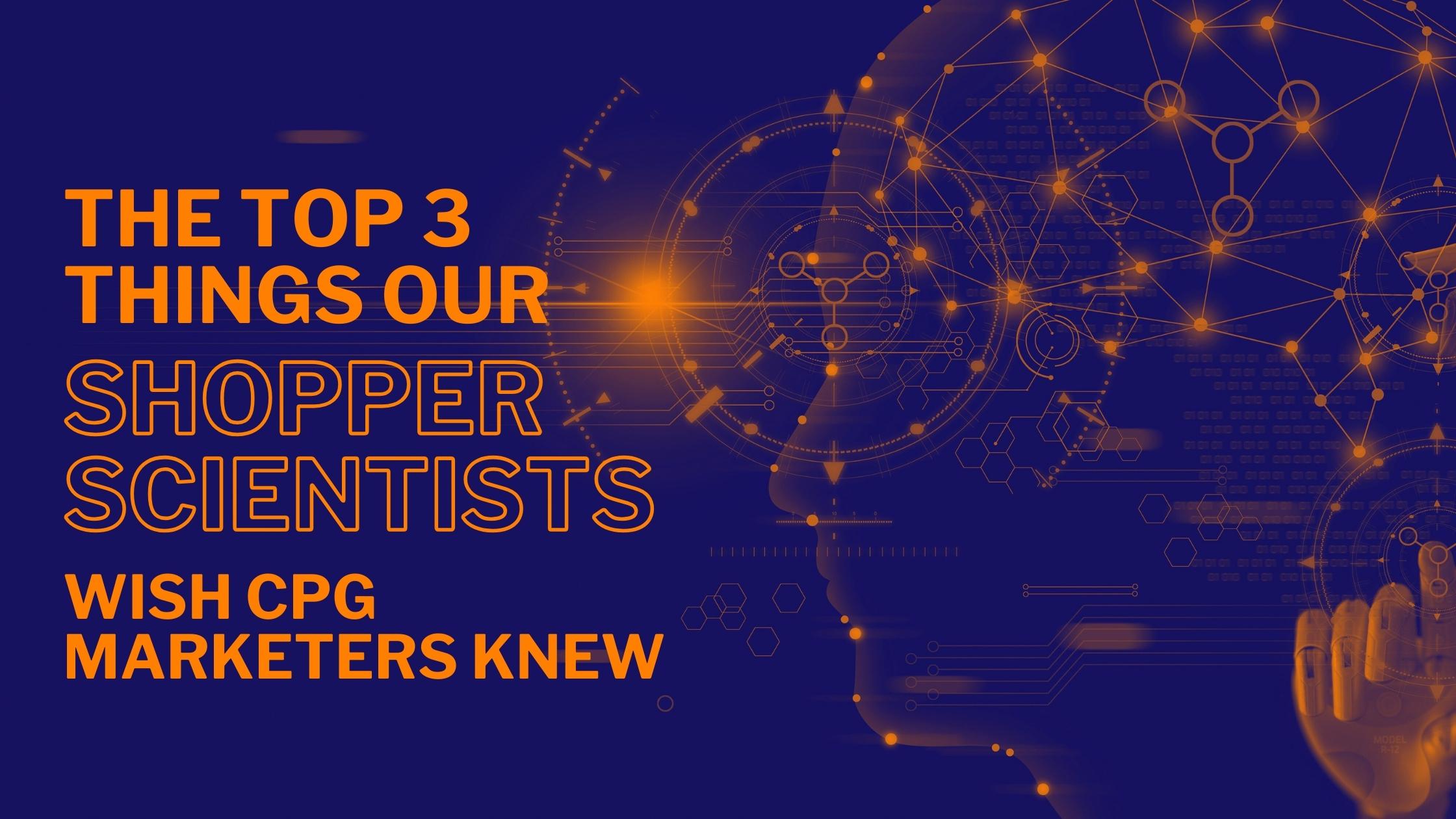At VideoMining, we use behavioral data, captured and decoded across hundreds of thousands of shopper trips through powerful AI technology, to help CPG brand and category marketers unlock key insights to build winning marketing strategies and boost in-store performance.
Often, marketers come to us with a problem: an underperforming product launch, a multi-faceted campaign that fell flat in-store, an assortment strategy that just isn’t picking up speed. When they do, we design Test & Learns through our Behavior Lab Programs™️ to observe how shoppers behave in-store, how they react (or don’t) to the brand’s materials, and how the multi-factorial in-store environment is motivating the shopper to take certain actions (or not).
We pooled our team of shopper behavior scientists to hear from them, after a decade plus in the industry, what are the biggest lessons they wish to share with CPG marketers?
-
Build Test & Learns Into Your Work Stream
All too often, marketers come to us after going all-in on a product launch or national campaign roll-out, and have already invested hundreds of thousands of dollars in trade materials and the likes. We tend to find small tweaks, like changes in messaging or packaging orientation, or even just the SKU assortment on a display, can turn the whole campaign around. If testing and learning was built into the launch plan, we could have identified these tweaks upfront, iterated intentionally, and landed a killer deliverable before anything was executed at scale.
-
Things Land Differently in the Real World
We truly embrace scientific thinking, and encourage the appropriate application of hypothesis formulation, experimentation, and rigourous analysis. The environment in which experiments are conducted can make a massive difference in results. This is why testing in anything other than a fully authentic environment can lead to some tricky conclusions – for example, why new package designs that performed superbly in Virtual Reality eye-tracking tests can sometimes flop when they hit the actual shelves.
-
Context is King
Remember “Context Clues” when studying for the SATs? Same principles apply in retail marketing ten, twenty, thirty years later. To build a true understanding of shopper behavior and in-store performance, you have to look at the big picture – and look for dots that connect along the way. Luckily, our AI powered behavior sensors help connect the dots you might not think to look for, but they truly can completely transform your perspective. Case in point – we’ve had clients assume a secondary display campaign for beer was a flop because the display did not sell the expected number of units right off the floor. But, with contextual machine learning at our fingertips, we looked for cues of what else happened during the store visit, and found that shoppers who encountered the display, stopped and visually processed the message were 35% more likely to re-route their trip to the cold vault to make a beer purchase. So, that refreshing visual of a cold beer on a summer day didn’t sell warm cases off the floor, but it did inspire the purchase of cold products from the vault.
With over ten years of experience applying shopper science to observational research powered by AI, we are here not only to offer shopper marketing research, but to provide behavioral coaching to help empower your team to see the big picture. How can we help you eliminate your blind spots?





